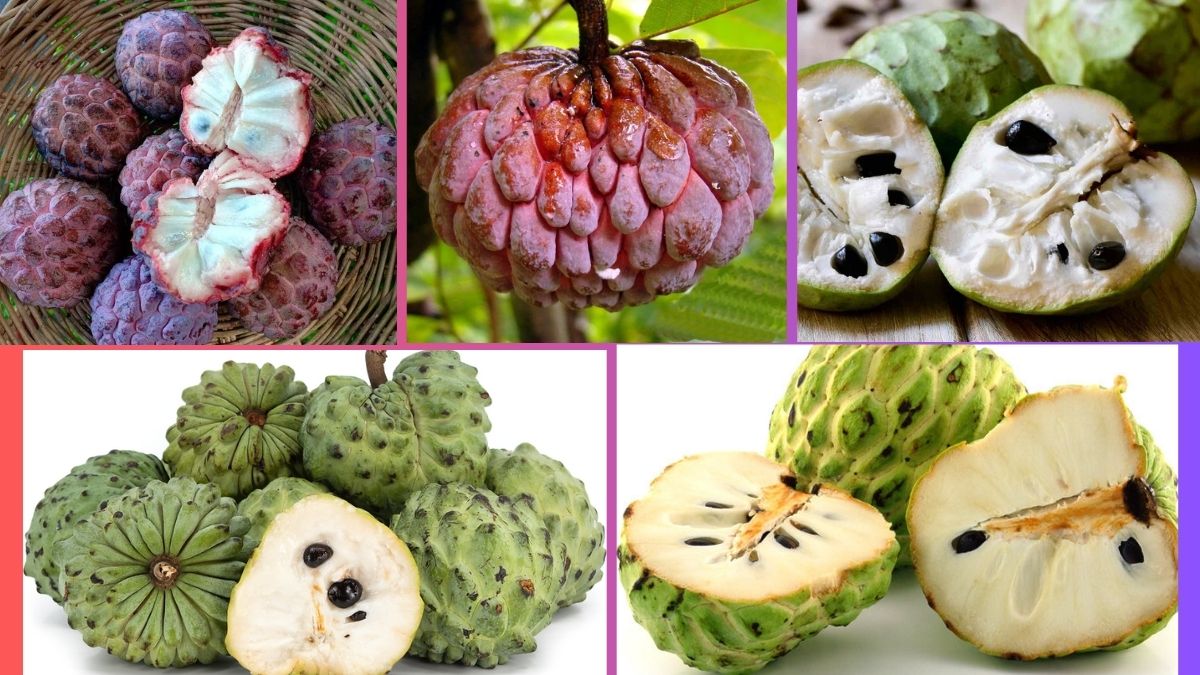Among the delightful family of tropical fruits, the sugar apple (Annona squamosa) holds a special place for its creamy, custard-like texture and fragrant, sweet flavor. Also known as sweetsop, sitaphal (in India), or anon (in Latin America), this unique fruit captivates both farmers and food lovers alike in tropical and subtropical regions worldwide.
But which country stands tall as the largest producer of sugar apples globally? In this comprehensive article, we’ll explore the origins, growing regions, culinary uses, nutritional benefits, and finally reveal the nation leading the world in sugar apple production.
What is a Sugar Apple?
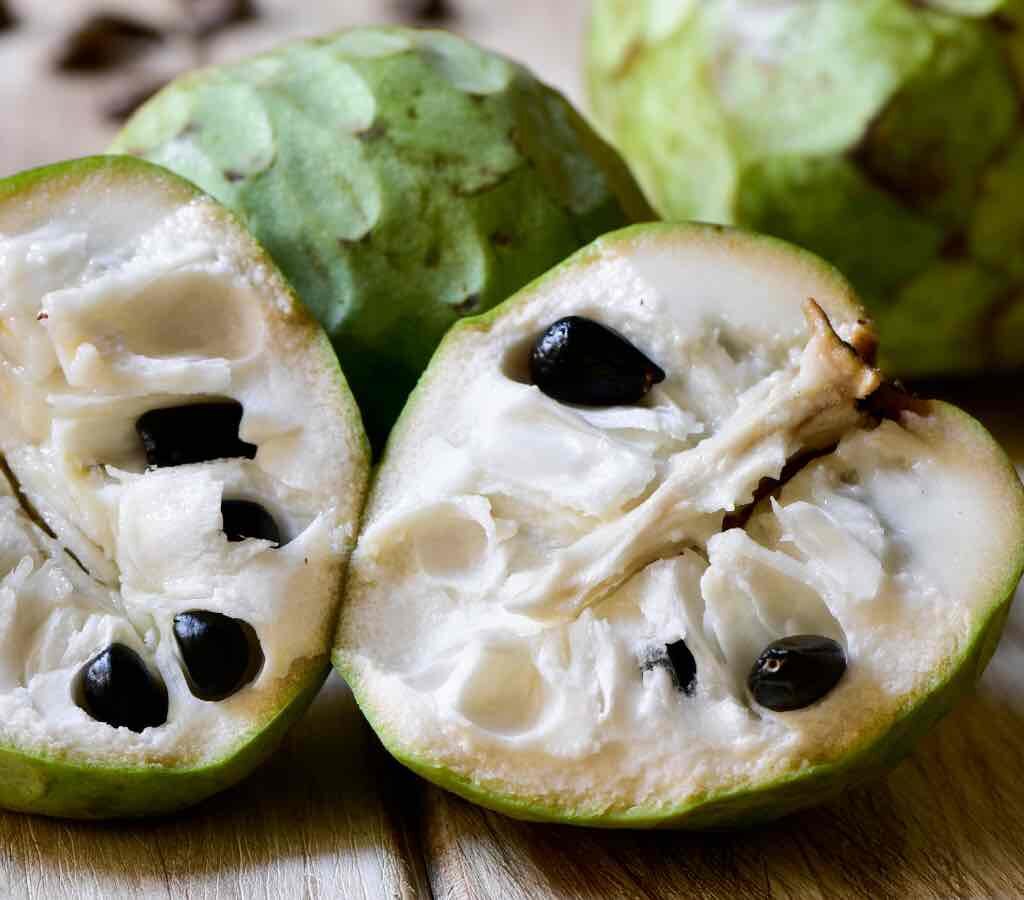
The sugar apple is a tropical fruit belonging to the Annonaceae family, closely related to custard apple, cherimoya, and soursop. The fruit is round or heart-shaped, typically 6–10 cm in diameter, with a scaly green skin that splits open when ripe to reveal soft, white, aromatic flesh embedded with glossy black seeds.
The pulp is prized for its:
- Sweet, custard-like texture
- Tropical fragrance
- Rich nutritional profile
Eaten fresh, blended in milkshakes, or incorporated into desserts, sugar apple remains a traditional favorite in many parts of Asia, the Caribbean, Africa, and Latin America.
Global Overview of Sugar Apple Production
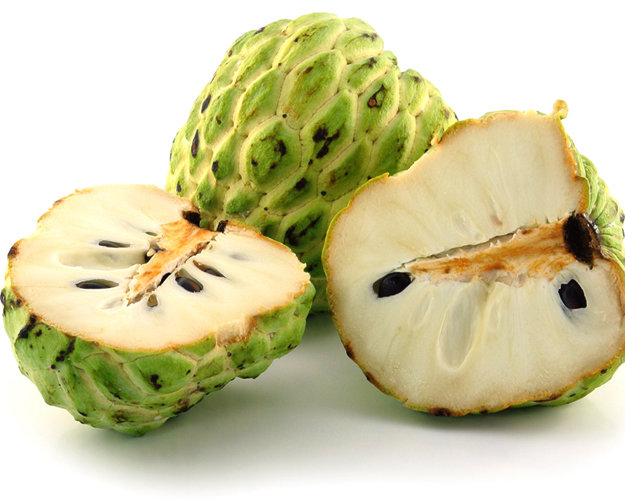
Sugar apple thrives in warm, tropical to subtropical climates with well-drained, sandy-loam soils and moderate rainfall. Its commercial cultivation spans regions in:
- India
- Philippines
- Thailand
- Taiwan
- Vietnam
- Brazil
- Mexico
- Egypt
- Indonesia
Global annual production estimates exceed 1 million metric tons, with most of the harvest consumed domestically in the producing countries and small amounts exported to neighboring markets.
Which Country Is the Largest Sugar Apple Producer Globally?
India is officially recognized as the largest sugar apple producer globally, contributing approximately 40–45% of the total world production. The country’s favorable climatic conditions, extensive cultivation areas, strong local demand, and centuries-old agricultural traditions have made it the leading force in global sugar apple farming.
Why India Dominates Sugar Apple Production
1. Perfect Agro-Climatic Conditions
India’s vast stretches of tropical and semi-arid regions in states like Maharashtra, Madhya Pradesh, Andhra Pradesh, Telangana, Gujarat, Rajasthan, Tamil Nadu, Karnataka, and Chhattisgarh provide ideal conditions for sugar apple cultivation:
- Hot, dry summers and moderate rainfall during monsoons
- Well-drained, sandy-loamy soil
- Temperatures ranging from 25°C to 35°C
This environment ensures high yields and excellent fruit quality.
2. Widespread Cultivation and Harvesting Seasons
Sugar apple is extensively cultivated on both commercial farms and smallholder lands across India. It’s typically harvested between August and December, depending on regional climates.
Maharashtra, notably the Pune, Solapur, Nashik, and Ahmednagar districts, is India’s largest producing region, followed by Madhya Pradesh and Telangana.
3. Deep-Rooted Cultural Popularity
Known locally as “sitaphal”, sugar apple enjoys immense popularity as a traditional, health-boosting dessert fruit in India. It’s consumed:
- Fresh during the harvest season.
- In milkshakes and ice creams.
- As a natural remedy in Ayurveda for digestion and respiratory ailments.
This strong local demand has kept production levels consistently high.
4. Expanding Export Market
India has recently expanded its export footprint for sugar apples, sending shipments to:
- United Arab Emirates
- Saudi Arabia
- Qatar
- Oman
- Bangladesh
- Nepal
Export initiatives, better packaging, and improved logistics are boosting international sales, especially for high-quality produce from Maharashtra and Andhra Pradesh.
Top 5 Sugar Apple-Producing Countries (2023 Estimates)
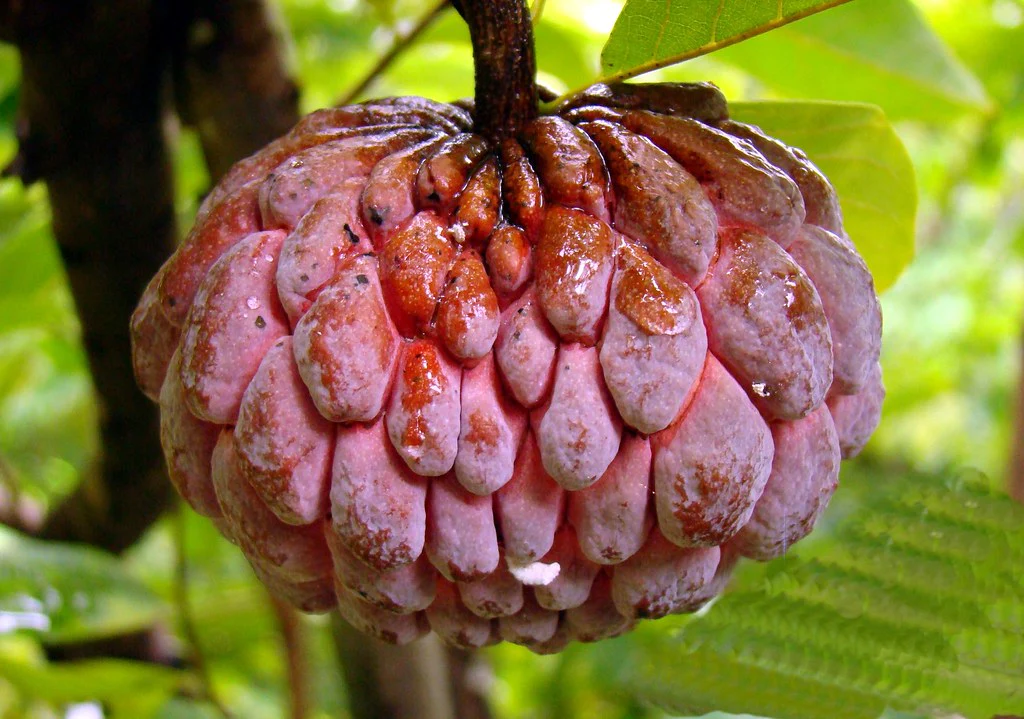
| Rank | Country | Production (Metric Tons) |
|---|---|---|
| 1 | India | 450,000 |
| 2 | Philippines | 160,000 |
| 3 | Thailand | 110,000 |
| 4 | Vietnam | 100,000 |
| 5 | Brazil | 80,000 |
India’s dominance is clear, with more than double the production of its nearest competitor, the Philippines.
Other Major Sugar Apple-Producing Countries
Philippines
In the Philippines, sugar apple is called atis and is grown widely in Luzon, Mindoro, and Mindanao. With a production of around 160,000 metric tons annually, it’s one of the country’s most popular native fruits, often found in markets and street stalls.
Thailand
Thailand produces around 110,000 metric tons of sugar apples each year. Known locally as noi-na, it’s cultivated in provinces like Nakhon Pathom, Ratchaburi, and Chanthaburi and enjoys growing export demand in neighboring Southeast Asian markets.
Vietnam
Vietnam’s sugar apple cultivation is centered in the Mekong Delta and central provinces. With approximately 100,000 metric tons of annual production, sugar apple is consumed fresh or processed into preserves and candies.
Brazil
In Brazil, sugar apple (known as fruta-do-conde) is grown mainly in Bahia and Pernambuco states. Annual production is about 80,000 metric tons, with rising popularity among health-conscious consumers.
Culinary and Medicinal Uses of Sugar Apple
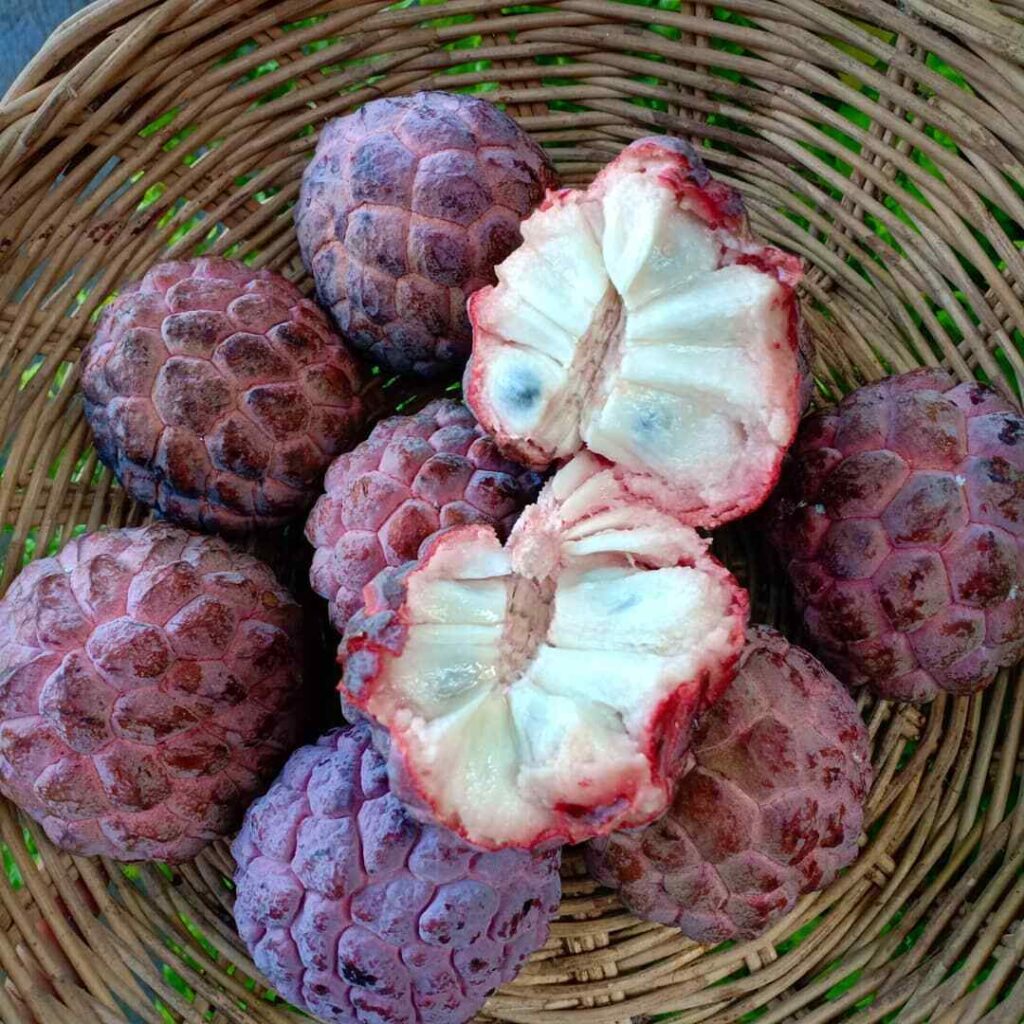
Sugar apple is more than just a sweet treat — it’s a cultural and medicinal staple in many regions:
- Fresh Consumption: Peeled and eaten raw.
- Milkshakes and Smoothies: Popular in Indian and Filipino cuisines.
- Ice Cream and Desserts: Blended into custards, halwa, and kulfis.
- Herbal Remedies: Used in traditional medicine for its digestive, anti-inflammatory, and sedative properties.
- Dried Seeds and Leaves: Used in folk medicine for insecticidal and herbal treatments.
Health Benefits of Sugar Apple
Sugar apple is packed with beneficial nutrients:
- Rich in Vitamin C: Enhances immunity and skin health.
- High in Dietary Fiber: Supports digestion and gut health.
- Loaded with Potassium and Magnesium: Beneficial for heart and muscle function.
- Contains Natural Antioxidants: Protects against oxidative stress.
- Low in Fat and Cholesterol: A healthy, natural dessert option.
Challenges in Sugar Apple Production
While sugar apple remains highly popular, it faces certain challenges:
- Perishable Nature: Ripe fruits spoil quickly.
- Seasonal Production: Limited availability beyond harvest seasons.
- Pest and Disease Threats: Susceptibility to fruit borers and anthracnose.
- Market Volatility: Prices fluctuate based on monsoon performance and regional yields.
- Limited Export Shelf-Life: Requires better cold chain logistics for overseas markets.
Future Prospects for Sugar Apple Farming
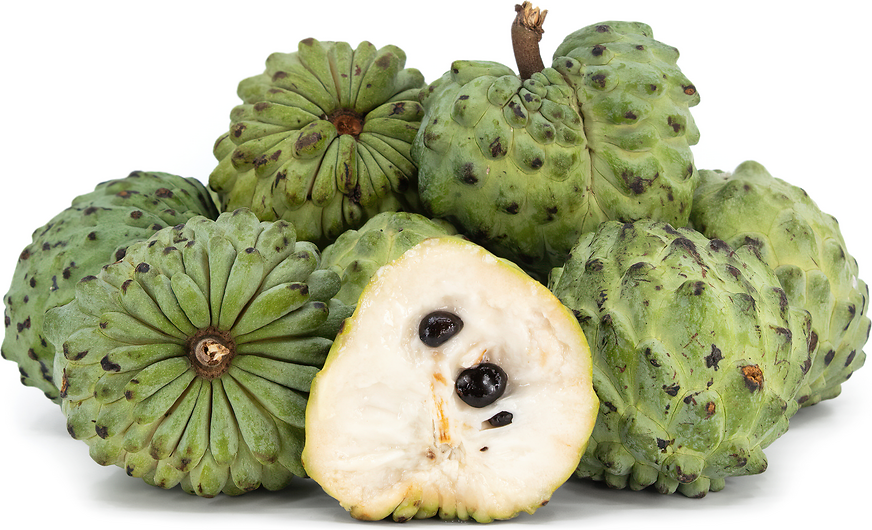
Growing health consciousness and a rising demand for tropical fruits worldwide are opening new opportunities for sugar apple growers, particularly in:
- Organically farmed produce
- Processed products (pulp, ice cream, frozen desserts)
- Value-added exports
- Agri-tourism centered around tropical fruit orchards
India is expected to retain its leadership position, while countries like the Philippines, Thailand, and Vietnam expand their export footprints.
Conclusion
When asked “Which country is the largest sugar apple producer globally?”, the answer is clear: India. With an estimated 450,000 metric tons of annual production, India’s ideal growing conditions, cultural affinity, diverse cultivars, and expanding market presence have solidified its position as the world’s top sugar apple producer.
While the Philippines, Thailand, Vietnam, and Brazil contribute significantly to global production, none rival India’s scale and agricultural legacy in this segment. As demand for nutrient-rich tropical fruits continues to rise globally, India’s sugar apple industry is poised for even greater growth in the years ahead.
